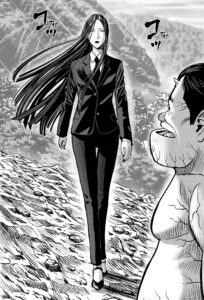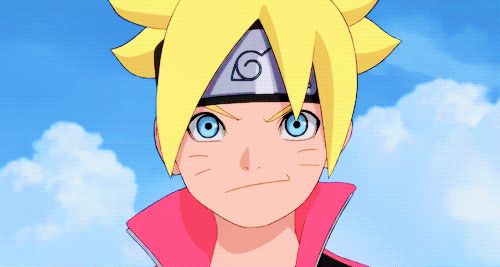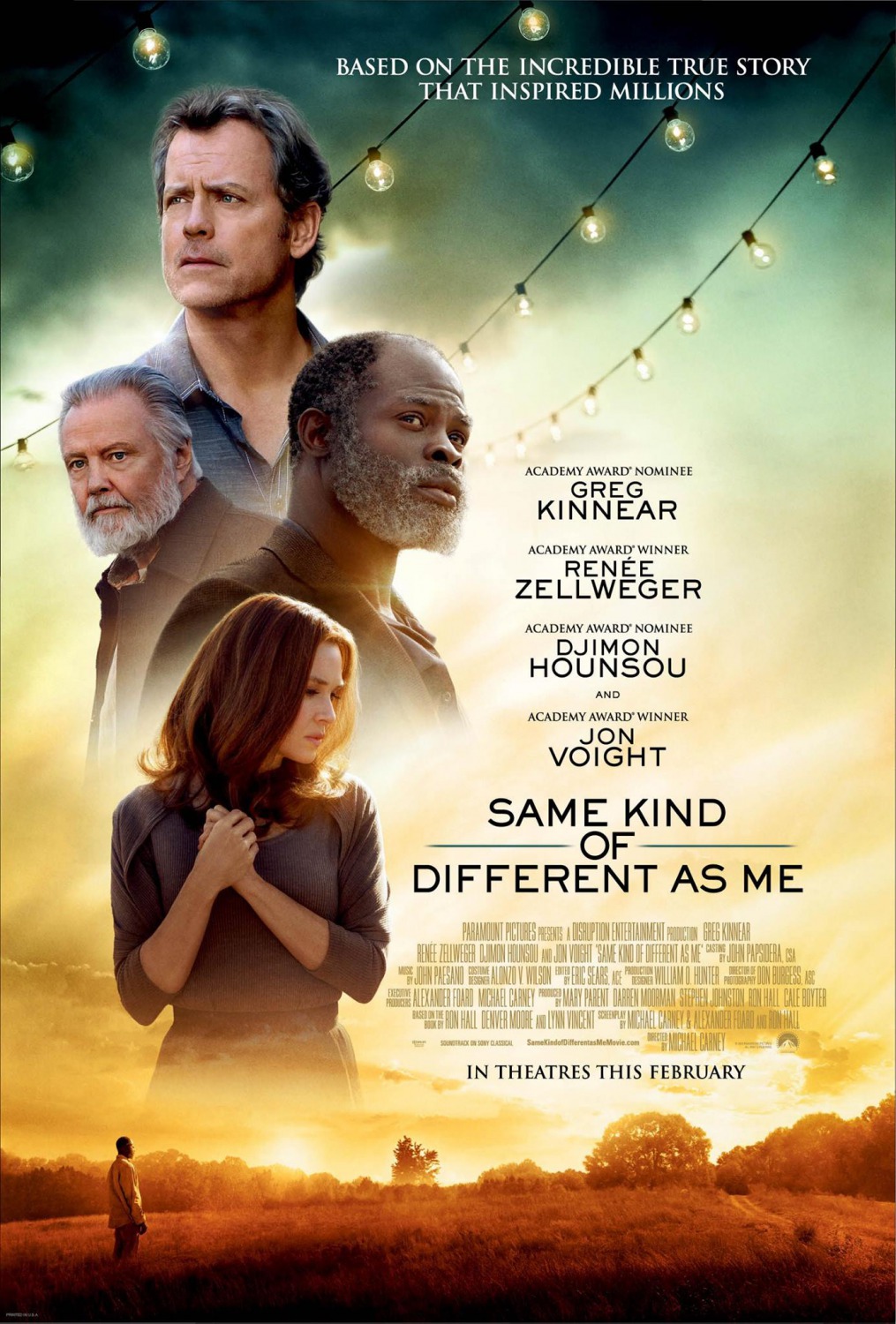The destructive rooster of giant monsters is back in volume four of Rooster Fighter but he is on leave. For him, it's the best time to chase all the hens. Well, that's what Keiji is hoping for…
After the flood

This new volume of Rooster Fighter is a direct continuation of the previous one. Covered in bruises, Keiji regains consciousness on a hill ravaged by a flood. With the help of a kiju, he was able to prevent the city from being drowned under water. Keiji can finally rest but in his own way. He has the opportunity to "relax" when pigeons come to offer him a collective blind date. Surprised and then delighted, the rooster will however undergo an unexpected outcome. We can also salute the audacity of Alexandre Fournier's translation, which offers original swear words such as "by droppings". Once past this romantic break, the second part of Rooster Fighter is a shock. A new character, Keisuke, seeks Keiji for help against a new threat, the kijin. The rooster is confronted by a pack of monsters led by conscious kiju.
Both scriptwriter and artist, Shu Sakuratani offers here a transitional volume. Even if the action is smaller, the reader becomes aware of the changes of our anti-hero. Through flashbacks, Rooster Fighter digs into Keiji's traumatic past. He can't come to terms with his sister's disappearance and still has nightmares about her murder. Although he refuses to admit it, he becomes attached to his chick Piyoko and his hen Elizabeth. They are now inseparable. A gourmet, Keiji discovers new flavors through Elizabeth. A new fighting rooster, Keisuke, claims to be Keiji's brother. It greatly expands the family tree of the central character of Rooster Fighter.
Paradoxical humanity in Rooster Fighter

Rooster Fighter also shows humanity's reactions to Keiji. Initially hostile, she changes her mind when he saves them. Most are grateful for his actions. The older ones even consider him a god and the younger ones make him a model of life.
Although Rooster Fighter is totally whimsical, the series is also informative about zoology. It is discovered that the holes made by gallinaceae are used to get rid of parasites. The brown hen refuses these barbaric practices preferring to spray herself with mosquito repellent. The blind date with pigeons is an opportunity to compare the merits of the two species. We also come across a gang of street lizards.
The increasing complexity over the episodes of Rooster Fighter is reflected in the description of the kiju. The reader thought in volume one that they were uncontrollable and stupidly destructive demons. He discovered that some could speak and others had chosen the path of good. In this new volume of Rooster Fighter, it is a large organized group of kijû who organize a conspiracy.
A drawing on the crest of the elite
Shu Sakuratani's drawing is as precise and detailed as ever. The fight scenes in Rooster Fighter are dynamic and offer acrobatics as fearsome as they are hilarious. Other images of torture touch the reader even though it is an animal. Its landscapes are splendid and Shu Sakuratani has fun multiplying animals and gallinaceous are more and more varied. Faces push emotions to the maximum through exaggerated expressions. Sakuratani manages to preserve Keiji's animality while transmitting his different emotions. He turns an animal into a sex beast. These images even become a denunciation of virilism. The cartoonist also manages to propose original monsters. A tongue turns into a flower with teeth.
Published by Mangetsu, this fourth volume of Rooster Fighter extends the madness of this series where everything is possible. A rooster becomes the sexual ideal of pigeons. The reader initially thinks he is reading a fun series and discovers modern pages fighting against gender stereotypes.
Feel free to peck seeds in the articles about the debut of the series and another crazy Mangetsu series, Ping Kong.















![[Live Report] Rock En Seine 2024 : 20 ans et toujours aussi passionnés !](https://www.justfocus.fr/wp-content/uploads/2024/11/RES24_JOUR01_LANA-DEL-REY_LOUIS-COMAR-12.jpg)





















